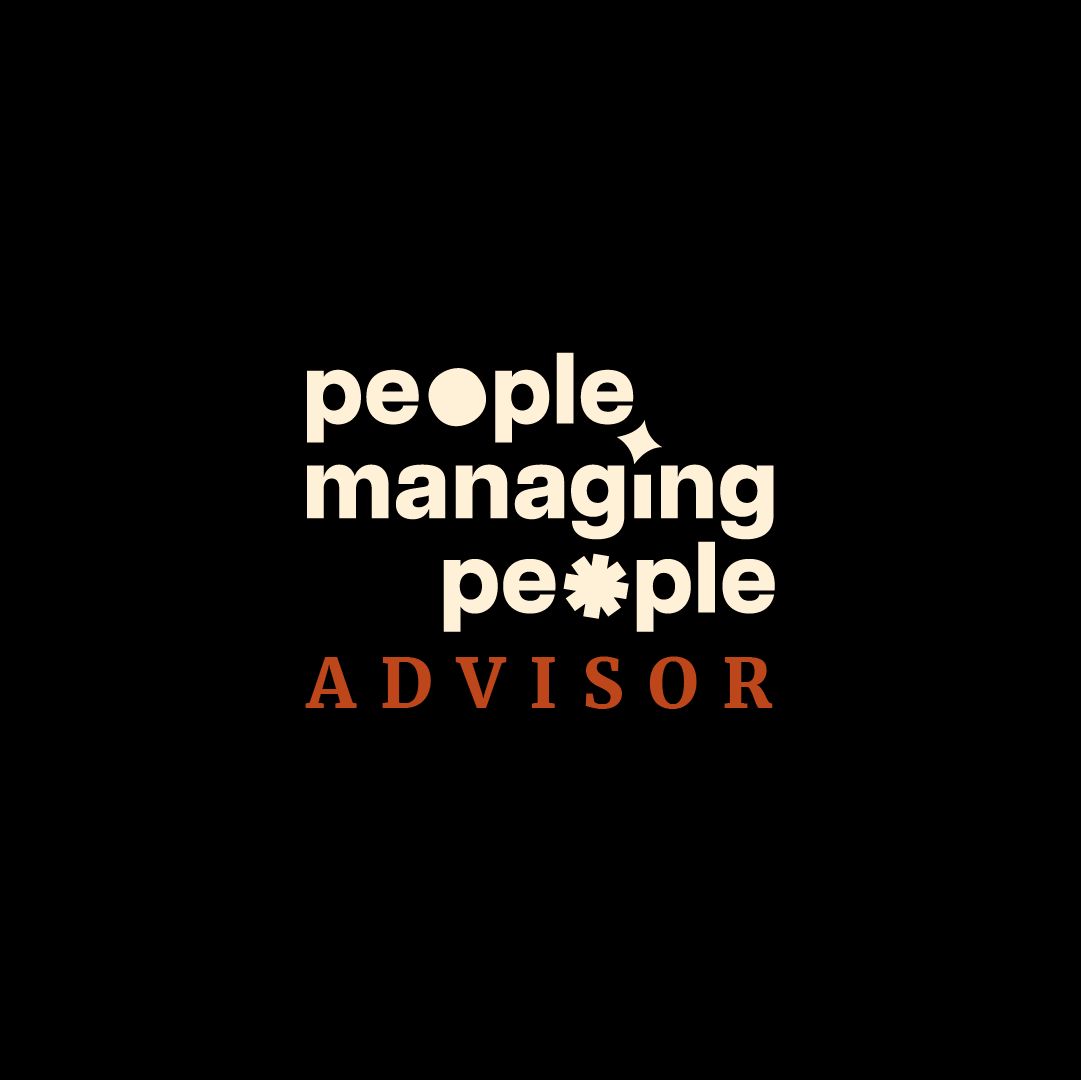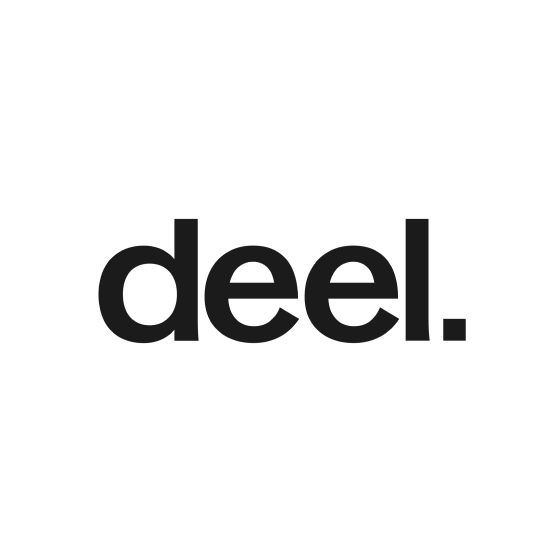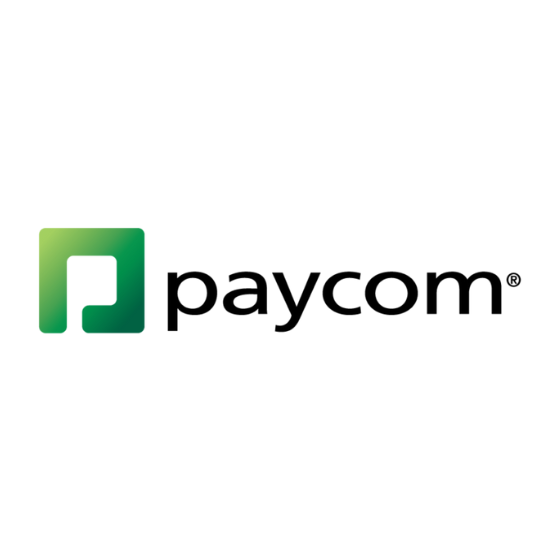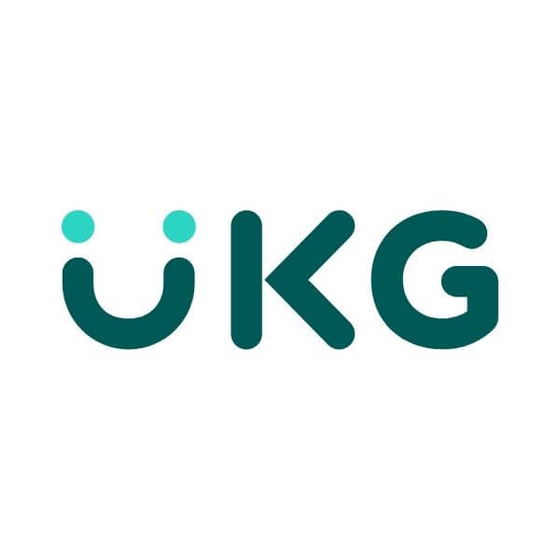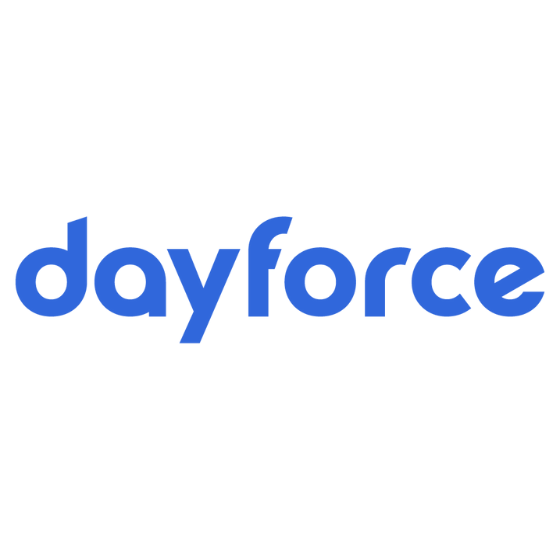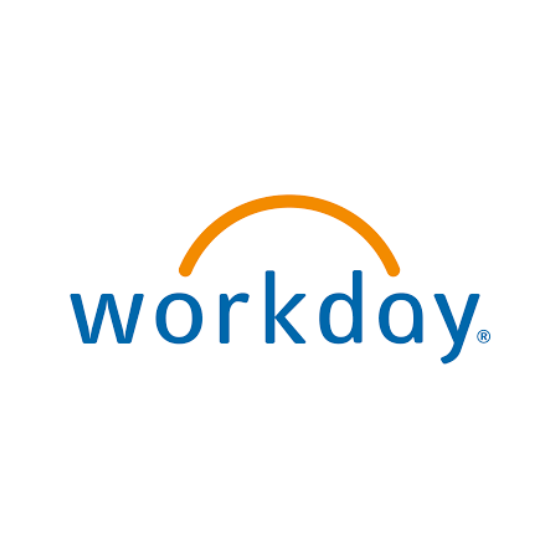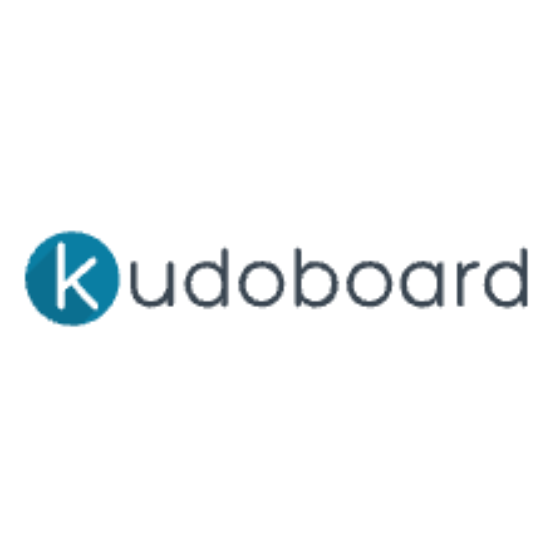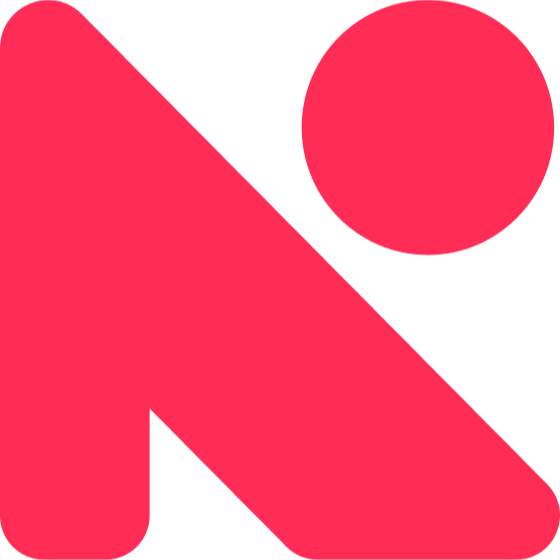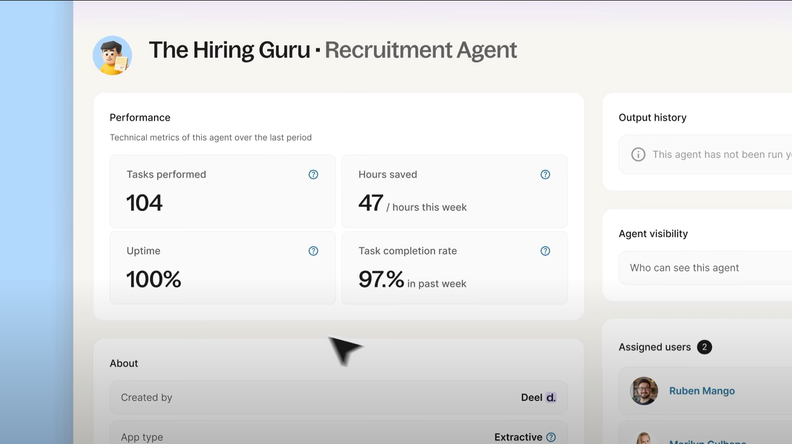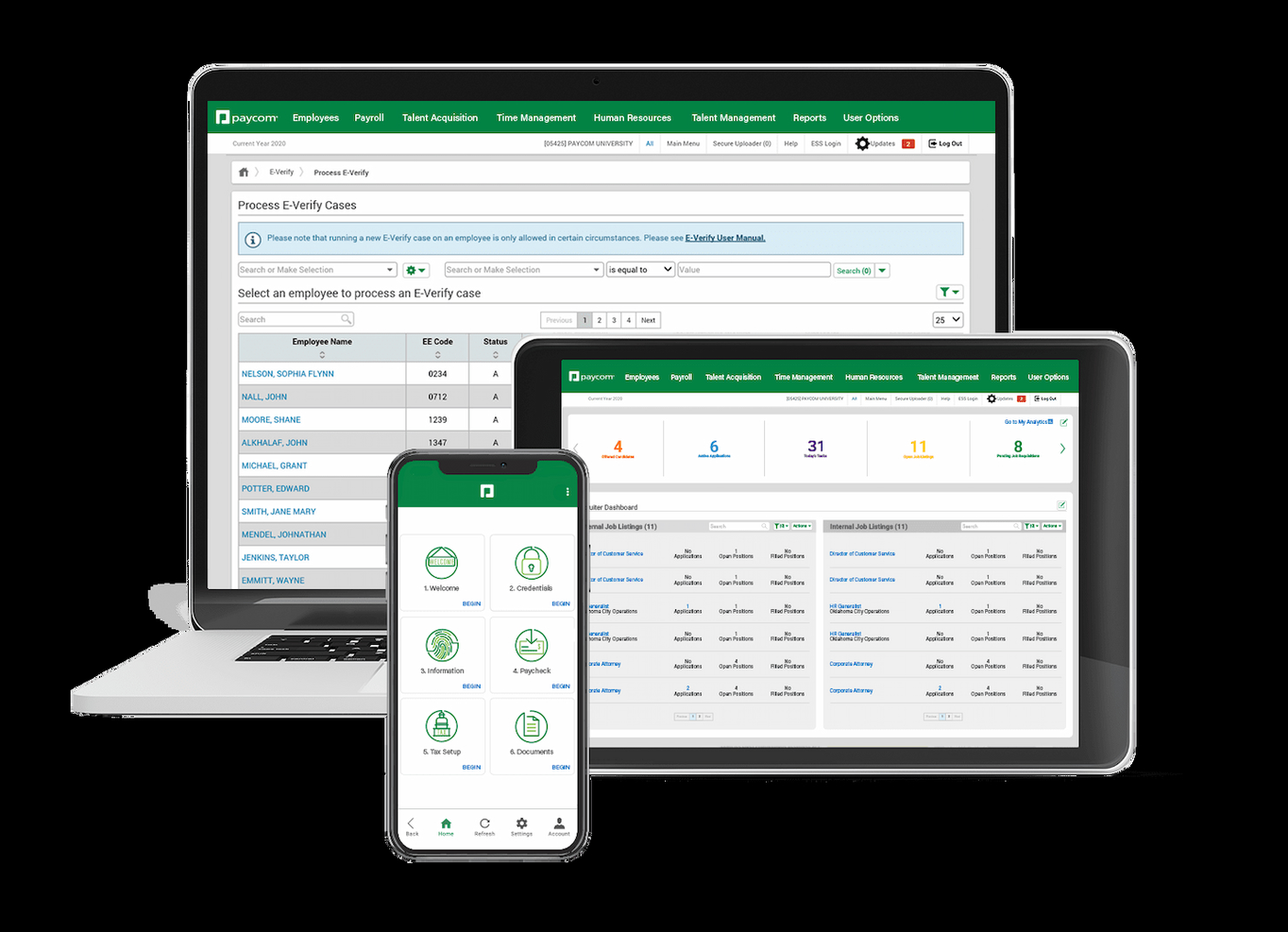10 Best SAP Competitors Shortlist
Here's my pick of the 10 best software from the 20 tools reviewed.
SAP is a powerful, enterprise-level ERP and HCM solution, but it’s not a one-size-fits-all tool.
SAP HCM and SAP SuccessFactors are robust but can be overly complex, especially for smaller or fast-growing startups.
It's also typically priced for enterprise-scale organizations and implementation and maintenance costs can rack up signifcantly.
And, if you only need core HR functions (like onboarding, payroll, time off, etc.), SAP might be overkill.
So, without further ado, here are my suggestions for the best SAP competitors covering pricing, features, and other unique selling points.
Why Trust Our Software Reviews
We’ve been testing and reviewing HR Software since 2019. As HR professionals ourselves, we know how critical and difficult it is to make the right decision when selecting software.
We invest in deep research to help our audience make better software purchasing decisions. We’ve tested more than 2,000 tools for different HR use cases and written over 1,000 comprehensive software reviews. Learn how we stay transparent & our software review methodology.
Best SAP Competitors Summary
This comparison chart summarizes basic details about each of my top SAP competitors. You can view pricing details and the availability of free trials or demos side-by-side to help you find the best software for your budget and business needs.
| Tool | Best For | Trial Info | Price | ||
|---|---|---|---|---|---|
| 1 | Best for simplified global HR and compliance | Free trial + demo available | From $29/month | Website | |
| 2 | Best for small to mid-size manufacturers | 30-day free trial | From $49/user/month | Website | |
| 3 | Best for integrated business solutions | Free trial available | From $210/user/month (billed annually) | Website | |
| 4 | Best for cloud-based ERP solutions | Free demo available | From $1,000/month | Website | |
| 5 | Best for single software HR management | Free demo available | Pricing upon request | Website | |
| 6 | Best for AI-powered talent management | Free demo available | Pricing upon request | Website | |
| 7 | Best for comprehensive HR and workforce management | Free demo available | Pricing upon request | Website | |
| 8 | Best for employee self-service and insights | Free demo available | Pricing upon request | Website | |
| 9 | Best for AI-driven HR processes | Not available | From $7/user/month (min 5 seats, billed annually) | Website | |
| 10 | Best for comprehensive HR management | Free demo available | Pricing upon request | Website |
-

Kudoboard
Visit WebsiteThis is an aggregated rating for this tool including ratings from Crozdesk users and ratings from other sites.4.8 -

Native Teams
Visit WebsiteThis is an aggregated rating for this tool including ratings from Crozdesk users and ratings from other sites.4.9 -

Rippling
Visit WebsiteThis is an aggregated rating for this tool including ratings from Crozdesk users and ratings from other sites.4.8
Best SAP Competitors Reviews
In this analysis, I will provide an in-depth look at each of the top 10 SAP competitors. I will walk through the pros and cons of each tool, their features, and best use cases.
Deel is a comprehensive HR platform that offers payroll, HR, and compliance services for global teams, with features such as country-specific benefits, co-working access, advanced integrations, in-house visa support, and compliant contract creation. It aims to simplify the process of managing a global team by consolidating all HR tasks into one platform.
Why it's a good SAP Competitor: While both platforms share similarities in offering global payroll and compliance features, Deel offers a much simpler approach with its user-friendly interface and efficient setup process. Deel also eliminates the need for businesses to set up foreign legal entities, allowing them to quickly onboard and pay employees in over 150 countries. This feature reduces administrative burdens and accelerates global expansion.
Standout features and integrations:
Features include global payroll, local benefits, in-house visa support, hiring and relocation features, automated invoicing, compliant contract creation, compliant documentation, an HRIS, contractor management, EOR, and bulk payments.
Integrations include Greenhouse, HiBob, Lever, NetSuite, Ashby, BambooHR, QuickBooks, Slack, Workday, Xero, and others.
Pros and cons
Pros:
- Quick payment processing
- Ensures compliance with local labor laws
- User-friendly platform with comprehensive features
Cons:
- Limited invoice customization
- No mobile app available
New Product Updates from Deel
Introducing Deel AI Workforce
Deel has launched the AI Workforce, a set of specialized agents designed to handle repetitive HR, payroll, and compliance tasks with speed and accuracy. These AI agents don’t just assist—they execute tasks from start to finish. For more information, visit Deel's official site.
MRPeasy is a cloud-based manufacturing resource planning (MRP) software designed for small to medium-sized manufacturers. It integrates various aspects of production management, including inventory control, production planning, procurement, and sales management, into a single platform.
Why it's a good SAP Competitor: One of the key reasons MRPeasy stands out as an alternative to SAP is its comprehensive production planning capabilities. The software offers features like bills of materials (BOM), routings, material requirements planning, and manufacturing resource planning, which allow you to plan and schedule production efficiently. With tools such as operations scheduling, capacity planning, and Gantt charts, you can optimize your production processes and ensure timely order fulfillment.
Standout features and integrations:
Features include inventory management, procurement management, production scheduling, shop floor reporting, capacity planning, master production scheduling, quality control, subcontracting management, product returns management, scrap management, lot and serial number tracking, barcode system integration, expiration tracking, and SKU management.
Integrations include Amazon, BigCommerce, EDI, HubSpot, Magento, Pipedrive, QuickBooks Online, Salesforce, ShipStation, Shopify, Ware2Go, and WooCommerce.
Pros and cons
Pros:
- Helps estimate production costs and lead times quickly
- Provides a clear sales pipeline view for tracking orders
- Allows businesses to optimize purchasing with automatic PO generation
Cons:
- Initial setup can take time to configure properly
- Mobile app functionality is less robust than the desktop version
New Product Updates from MRPeasy
PDF Editor at MRPeasy Now Supports Direct URL for Logos
The PDF Editor at MRPeasy now supports using a direct URL for logo images, provided the image is publicly accessible without authentication. For more details, visit MRPeasy Changelog.
Microsoft Dynamics 365 is a comprehensive business solution that integrates both an ERP system and CRM capabilities to streamline operations and customer management. It is best for integrated business solutions because it combines various business management applications into a unified platform, enhancing productivity and efficiency.
Why it's a good SAP Competitor: I chose Microsoft Dynamics 365 for the list because it provides a robust, all-in-one solution for managing business processes. Its ability to integrate ERP and CRM functions seamlessly into a single platform makes it a standout option. The flexibility and scalability of Dynamics 365 make it suitable for businesses of all sizes and industries.
Standout features and integrations:
Features include financial management, supply chain operations, sales automation, customer service, and human resources management.
Integrations include Microsoft Office 365, LinkedIn, Power BI, Adobe, SAP, DocuSign, Mailchimp, Slack, Azure, and Outlook.
Pros and cons
Pros:
- Scalable for various business sizes
- Seamless integration with other Microsoft products
- Comprehensive business solution
Cons:
- Requires continuous updates and maintenance
- High implementation costs
Acumatica is a cloud-based ERP solution designed to help businesses manage their operations and finances efficiently. It is best for cloud-based ERP solutions because it offers comprehensive functionality with the flexibility and accessibility of a cloud platform.
Why it's a good SAP Competitor: I chose Acumatica for the list because it provides a robust, cloud-based ERP solution that is both flexible and scalable. Its ability to offer a comprehensive suite of ERP tools on a cloud platform makes it a standout option. Acumatica's focus on flexibility and accessibility helps businesses manage their operations seamlessly from anywhere.
Standout features and integrations:
Features include financial management, project management accounting, CRM, inventory management, and reporting.
Integrations include Salesforce, Microsoft 365, Adobe, Avalara, Shopify, Magento, HubSpot, BigCommerce, Smartsheet, and DocuSign.
Pros and cons
Pros:
- Scalable for growing businesses
- Comprehensive ERP functionality
- Flexible cloud-based platform
Cons:
- Can be complex to implement
- Pricing information not readily available
Paycom is an all-in-one HR management software designed to streamline HR processes within a single platform. It is best for single software HR management because it consolidates all HR functions, eliminating the need for multiple systems and reducing complexity.
Why it's a good SAP Competitor: I chose Paycom for the list because it offers a comprehensive solution that combines various HR functions into a single, user-friendly platform. Its ability to simplify HR management by integrating everything from payroll to talent management makes it a standout choice. When compared to other tools, Paycom's unified approach provides a seamless experience for HR professionals.
Standout features and integrations:
Features include payroll processing, talent acquisition, employee self-service, benefits administration, and time and attendance tracking.
Integrations include QuickBooks, Salesforce, Microsoft 365, Google Workspace, Slack, Xero, NetSuite, ADP, BambooHR, and DocuSign.
Pros and cons
Pros:
- Comprehensive range of features
- User-friendly interface
- All-in-one HR management solution
Cons:
- Limited customization options
- Pricing information not readily available
Eightfold is an AI-powered talent management platform designed to help businesses identify, hire, and retain top talent. It is best for AI-powered talent management because it leverages advanced machine learning algorithms to enhance recruitment processes and optimize workforce planning.
Why it's a good SAP Competitor: I chose Eightfold for the list because it stands out in the realm of talent management with its innovative use of AI. Its ability to provide deep insights into talent acquisition and retention makes it a compelling choice. Comparing it with other tools, Eightfold's unique approach to leveraging AI for predictive analytics and skill matching sets it apart.
Standout features and integrations:
Features include AI-driven talent acquisition, talent management, and workforce planning.
Integrations include Workday, SAP SuccessFactors, Greenhouse, Lever, iCIMS, LinkedIn, Oracle HCM, ADP, SmartRecruiters, and Taleo.
Pros and cons
Pros:
- Integration with major HR platforms
- Comprehensive talent acquisition and retention features
- Advanced AI capabilities for talent management
Cons:
- Higher cost for smaller businesses
- Pricing information not readily available
UKG Pro is a HR and workforce management tool designed to streamline HR processes and improve workforce efficiency. It is best for comprehensive HR and workforce management because it offers a full suite of HR, payroll, and talent management solutions that cater to complex workforce needs.
Why it's a good SAP Competitor: I chose UKG Pro for the list because it excels in providing a comprehensive HR solution that covers all aspects of workforce management. Its integration of HR, payroll, and talent management into a single platform makes it a compelling choice. The ability to handle complex HR processes efficiently sets UKG Pro apart from other tools.
Standout features and integrations:
Features include payroll processing, talent acquisition, employee engagement, benefits administration, and workforce analytics.
Integrations include Microsoft 365, Salesforce, SAP, Oracle, QuickBooks, NetSuite, Adobe, Docusign, Google Workspace, and Slack.
Pros and cons
Pros:
- Strong workforce analytics capabilities
- Integrated payroll and talent management
- Comprehensive HR and workforce management features
Cons:
- Requires extensive training for new users
- Complex implementation process
Dayforce is a comprehensive HCM platform that streamlines HR processes and empowers employees with self-service capabilities. It is best for employee self-service and insights because it provides tools that enhance workforce engagement and deliver actionable HR analytics.
Why it's a good SAP Competitor: I chose Dayforce for the list because it excels in providing employee self-service features and insightful analytics. Its ability to empower employees with self-service options and provide real-time data visualization for HR decisions sets it apart. Comparing it with other tools, Dayforce stands out for its focus on enhancing employee engagement and delivering comprehensive insights.
Standout features and integrations:
Features include payroll management, workforce management, talent acquisition, and benefits administration.
Integrations include Microsoft 365, SAP SuccessFactors, Workday, ADP, Oracle HCM, Salesforce, ServiceNow, QuickBooks, LinkedIn, and Google Workspace.
Pros and cons
Pros:
- Streamlined HR processes
- Comprehensive HR analytics
- Extensive employee self-service capabilities
Cons:
- Requires training for optimal use
- Setup process is a bit complex
Oracle Fusion Cloud HCM is an AI-driven human capital management tool designed to streamline HR processes and enhance decision-making. It is best for AI-driven HR processes because it leverages advanced AI and machine learning to automate tasks and provide predictive insights.
Why it's a good SAP Competitor: I chose Oracle Fusion Cloud HCM for the list because it excels in utilizing AI to improve HR functions. Its advanced AI capabilities set it apart from other tools, making it a powerful solution for organizations seeking intelligent HR management. The tool's ability to provide predictive analytics and automate routine tasks makes it a standout choice.
Standout features and integrations:
Features include AI-driven recruiting, workforce modeling, talent management, and advanced analytics tools.
Integrations include Salesforce, Microsoft 365, Google Workspace, Slack, SAP, LinkedIn, Zoom, Workday, ServiceNow, and Docusign.
Pros and cons
Pros:
- Predictive analytics
- Comprehensive HR functionalities
- Advanced AI capabilities
Cons:
- Steep learning curve
- High implementation costs
Workday HCM is a cloud-based human capital management software designed to streamline HR processes. It is best for comprehensive HR management due to its extensive suite of HR tools that cover everything from recruitment to payroll.
Why it's a good SAP Competitor: Workday HCM is a comprehensive HR management tool that centralizes and streamlines all aspects of human capital management. It is best for comprehensive HR management because it integrates payroll, talent management, and workforce planning into a unified system.
Standout features and integrations:
Features include workforce planning, recruiting, payroll, talent management, and analytics. These features enable organizations to manage their entire workforce lifecycle efficiently.
Integrations include Salesforce, Microsoft Azure, ServiceNow, Google Cloud, Adobe, IBM, Okta, Slack, Coupa, and SAP.
Pros and cons
Pros:
- Extensive analytics capabilities
- Intuitive user interface
- Comprehensive HR functionalities
Cons:
- Costly for smaller organizations
- Implementation complexity
Other SAP Competitors
Below is a list of additional SAP competitors that we shortlisted, but did not make it to the top list. It’s definitely worth checking them out.
- Leapsome
For performance and engagement management
- Rippling
For unified HR and IT management
- Paylocity
For automated HR processes
- BambooHR®
For user-friendly HR software
- ADP Workforce Now
For scalable HR and payroll solutions
- TimeTrex
For handling complex labor cost tracking
- Atlas
For global workforce management
- Darwinbox
For comprehensive HR management
- DELMIAWorks Manufacturing ERP
For manufacturing industry needs
- Beekeeper
For employee communication and engagement
Related HR Software Reviews
If you still haven't found what you're looking for here, check out these other related tools that we've tested and evaluated:
- HR Software
- Payroll Software
- Recruiting Software
- Employer of Record Services
- Applicant Tracking Systems
- Workforce Management Software
Selection Criteria for SAP Competitors
Selecting the best SAP competitors was based on an evaluation of several key criteria tailored to the unique requirements of businesses seeking robust and versatile HCM solutions.
My approach to choosing the best software options for this list is grounded in my experience as an HR technology analyst and thorough research to ensure my recommendations are based on actual utility and performance.
To give you added confidence in my list, here’s a summary of the evaluation criteria I used to make my final selections.
Core SAP Competitors Functionality (25% of total score): To be considered for inclusion in this list, each solution had to fulfill these common use cases first:
- Financial Management
- Human Resources Management
- Supply Chain Management
- Customer Relationship Management
- Business Intelligence and Reporting
Additional Standout Features (25% of total score): To help me find the best software out of numerous available options, I also kept a keen eye out for unique features, including the following:
- AI-driven analytics for predictive insights
- Blockchain integration for enhanced security
- Built-in IoT capabilities for real-time data management and tracking
- Advanced customization options for workflows
- Integrated mobile applications for on-the-go access
Usability (10% of total score): To evaluate the usability of each system, I considered the following:
- Intuitive drag-and-drop interfaces for scheduling and task management
- Clear and logical navigation paths
- Customizable dashboards for personalized user experience
- Responsive design for use across various devices
- Minimalist and clean interface design
Onboarding (10% of total score): To get a sense of each software provider's customer onboarding process, I considered the following factors:
- Availability of comprehensive training videos and tutorials
- Interactive product tours for hands-on learning
- Pre-built templates for quick setup
- Access to chatbots for instant support
- Regular webinars for continuous learning
Customer Support (10% of total score): To evaluate the level of customer support each vendor offered, I considered the following:
- 24/7 customer support availability
- Multiple support channels (phone, email, live chat)
- Dedicated account managers for personalized assistance
- Extensive knowledge base and FAQs
- Fast response times and resolution rates
Value For Money (10% of total score): To gauge the value of each software, I considered the following factors:
- Competitive pricing models
- Transparent pricing with no hidden fees
- Flexible subscription plans
- Discounts for long-term commitments
- ROI potential based on feature set and performance
Customer Reviews (10% of total score): Evaluating customer reviews is the final element of my selection process, which helps me understand how well a product performs in the hands of real users. Here are the factors I considered:
- Overall satisfaction ratings
- Feedback on ease of use and implementation
- Comments on customer support quality
- Reviews on feature effectiveness and reliability
- Testimonials on value for money and ROI
Features Of SAP Competitors
Here are some key features of SAP that your competitor software should be able to replicate or improve upon in order to be a good fit.
- User-Friendly Interface: Simplifies navigation and reduces training time.
- Scalability: Supports business growth without performance issues.
- Customization: Allows tailoring to specific business needs.
- Integration Capabilities: Easily connects with other business software and systems.
- Real-Time Analytics: Provides up-to-date insights for decision-making.
- Mobile Access: Enables use on smartphones and tablets.
- Security: Ensures data protection and compliance with regulations.
- Customer Support: Offers reliable and accessible help services.
- Cost-Effectiveness: Provides good value for the investment.
- Automation: Reduces manual tasks and increases efficiency.
What’s Next?
To remain up to date on all the latest in people management, subscribe to our newsletter for leaders and managers. You'll receive insights and offerings tailored to leaders and HR professionals straight to your inbox.

